
UL 1642 2020 ED.6 Standard for Lithium Cells
I. Introduction to UL certification
UL stands for Underwriters Laboratories Inc., a leading and authoritative private organization in the United States that specializes in safety testing and certification. UL is one of the largest independent safety science companies in the world, primarily engaged in safety certification and product compliance verification. Its ultimate goal is to contribute to market products with a high level of safety, thereby ensuring personal health and property safety.
Before entering the U.S. market, batteries often need to pass UL certification. Although UL certification is voluntary, products bearing the "UL" mark are typically cleaRED by U.S. Customs, while those without it are subject to complicated inspection procedures. Furthermore, in the event of a safety incident, the Consumer Product Safety Commission (CPSC) also uses UL standards as a basis for judgment. As a result, many retailers in the U.S. refuse to sell products without the UL mark to avoid potential complications. Since batteries are considered components of electrical products, they are subject to random certification when entering the U.S. market.
II. Test Items
The UL 1642 2020 Edition 6 standard is a safety standard specifically for lithium cells. It applies to both primary (non-rechargeable) and secondary (rechargeable) lithium cells. The main test items include:
1. Short Circuit Test
2. Abnormal Charging Test
3. Forced Discharge Test
4. Crush Test
5. Impact Test
6. Mechanical Shock Test
7. Vibration Test
8. Heating Test
9. Temperature Cycling Test
10. Low Pressure (Altitude Simulation) Test
11. Flame Test
III. Sample Requirements
Sample requirements differ for primary (non-rechargeable) and secondary (rechargeable) lithium cells.
1. Sample requirements for primary lithium cellsare specified in Table 6.1.
2. Sample requirements for secondary lithium cellsare specified in Table 6.2.
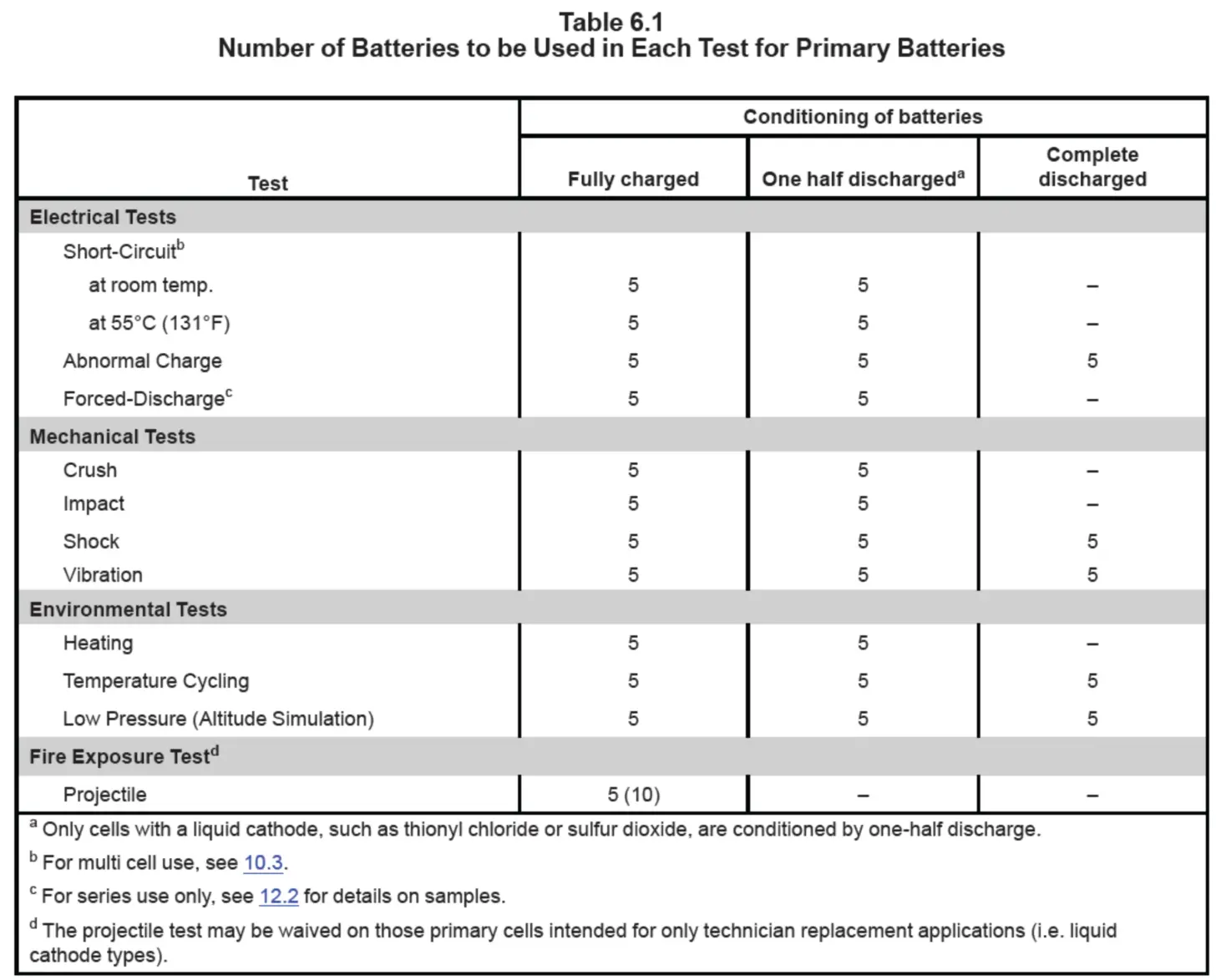

IV. Documentation Requirements
1. Application Form
2. Cell Specification Sheet (including dimensional drawings)
3. CDF – Critical Component List
4. ISO Certificate of the Cell Manufacturer
5. Label Artwork
Email:hello@jjrlab.com
Write your message here and send it to us
 What are ASTM F963 and CPSIA?
What are ASTM F963 and CPSIA?
 Comparison of ASTM F963 and EN 71
Comparison of ASTM F963 and EN 71
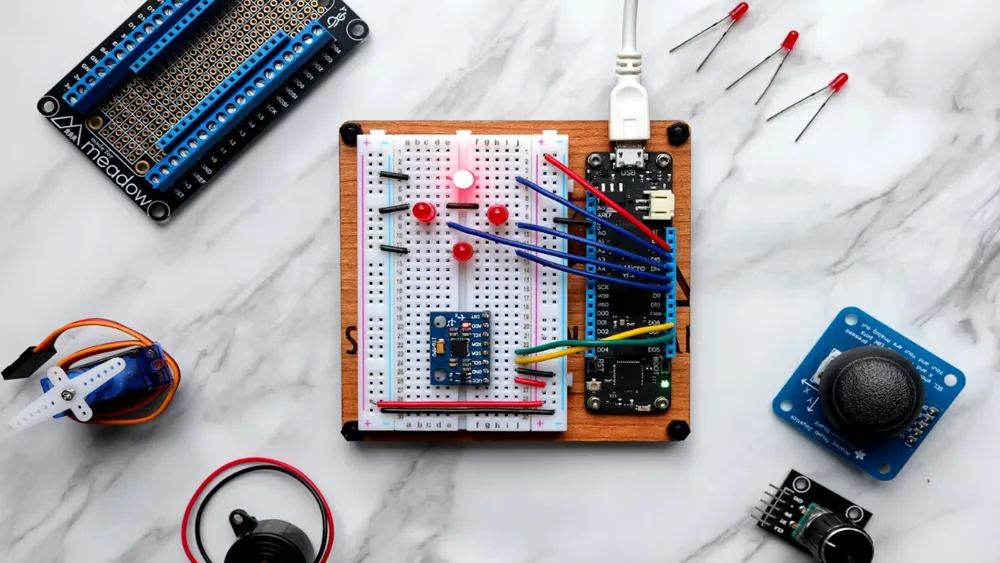 How to get CSA C22.2 NO.256:14 Test Report?
How to get CSA C22.2 NO.256:14 Test Report?
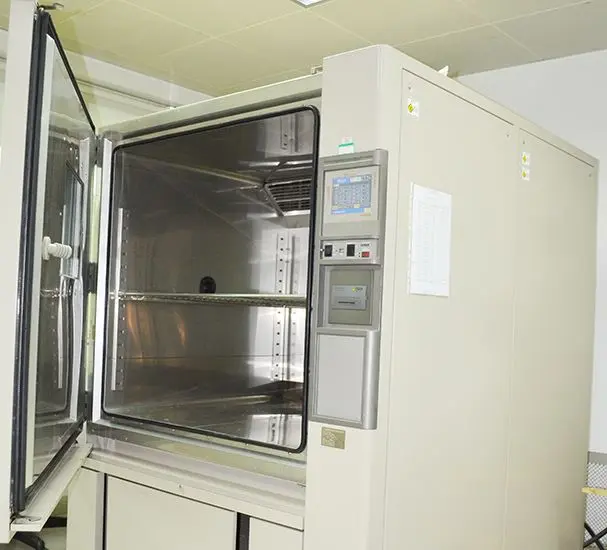 How much is the ISTA Amazon Packaging & Shippi
How much is the ISTA Amazon Packaging & Shippi
 Amazon Product Laboratory Testing Requirements
Amazon Product Laboratory Testing Requirements
 How to Get EPA Certificatio
How to Get EPA Certificatio
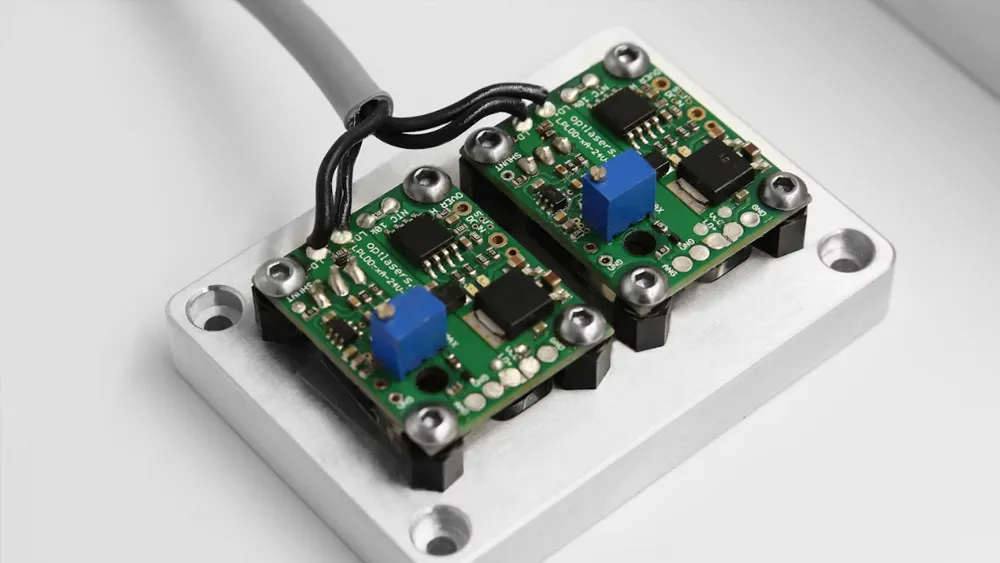 What is EPA Certification in the United States?
What is EPA Certification in the United States?
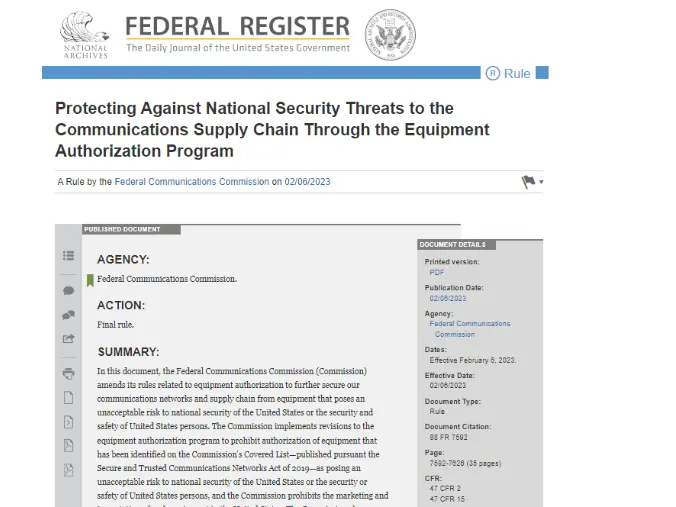 What is an FCC Registered Agent?
What is an FCC Registered Agent?
Leave us a message
24-hour online customer service at any time to respond, so that you worry!




